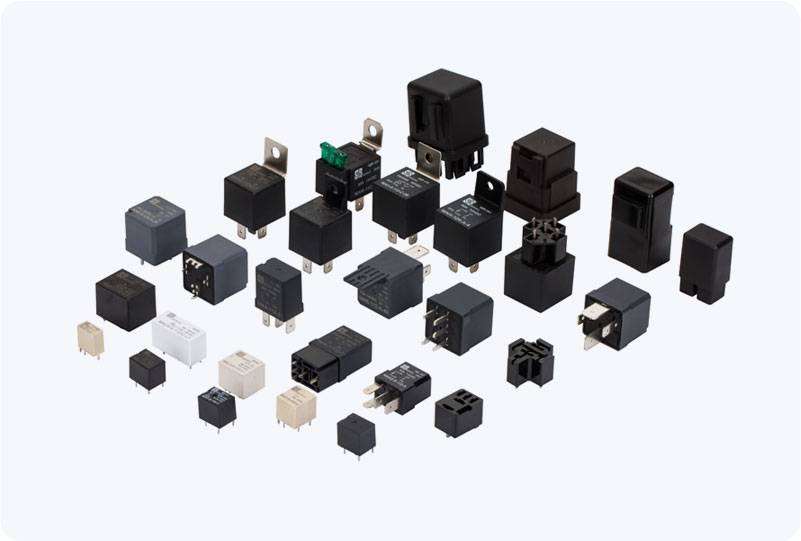In modern electrical systems, the need for efficient, reliable, and safe control of high-voltage circuits is crucial. One technology that has gained significant attention in this area is the Solid-State High Voltage (HV) Relay. Unlike traditional electromechanical relays that rely on mechanical components to make or break a connection, solid-state relays utilize semiconductor devices to perform the same function. This article explores the design, working principle, advantages, and applications of solid-state HV relays, highlighting their significance in industrial and high-power environments.

What is a Solid-State HV Relay? A solid-state HV relay is an electronic switching device used to control high-voltage circuits without the need for moving mechanical parts. It functions by using semiconductor materials such as silicon-controlled rectifiers (SCRs), Metal-Oxide-Semiconductor Field-Effect Transistors (MOSFETs), or Insulated-Gate Bipolar Transistors (IGBTs) to open or close the electrical path. These relays are particularly useful in high-voltage systems where reliability and speed are critical. How Do Solid-State HV Relays Work? The basic principle behind a solid-state HV relay involves the use of a control signal to activate a semiconductor device that either allows or blocks the flow of current. When a low-voltage control signal is applied to the relay’s input, it triggers the semiconductor component inside the relay to switch the high-voltage circuit on or off.